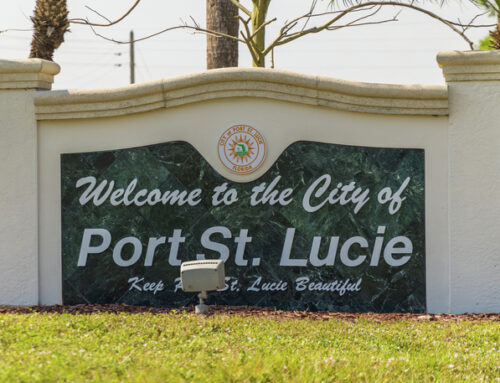November 15, 2025 | Mark Luis Foster
Western states like Colorado apparently struggle with invasive weeds just like we do here in Minnesota. Buckthorn is our evil of the landscape; and in Colorado, it’s something called Kochia. This is a type of tumbleweed that is particularly difficult, they say, because it grows up to 6-feet tall and pushes down roots to 16 feet or more underground.
So how do you fight Kochia if it invades your HOA? You hire some hogs. Yup. Hogs.
From Bizwest Colorado:
A Fort Collins homeowners association, struggling to control invasive weeds in its open areas, has sought permission from the city to use Large Black Hogs on about a half acre of its property.
I know what you’re thinking. Why not goats?
[Christof Meyer, president of AloTerra] told BizWest that hogs were selected, instead of goats that are commonly used for weed control, because goats eat surface plants; hogs dig and eat the roots of plants.
Oh.
This particular HOA, Rigden Farm Homeowners Association in Fort Collins, is tired of fighting the weeds and wants to put the matter to rest once and for all.
Meyer, who operates a diversified farm in north Boulder County, would make about eight or 10 Large Black Hogs available to the project. They would be confined to a pen about 1/16th of an acre in size. The pen would be moved every couple of weeks to address more of the half-acre site. Grazing would be limited to seven months a year, from April through October.
Interesting. So you corral the hogs and let them chow. Then you move the goal posts and let them eat more. Rinse and repeat. Chomp, chomp, chomp. Got it.
And how long will this hog-chewing enterprise take?
The process will require up to five years, Meyer said. Once the hogs eradicate the kochia, then seeding of native grasses can occur.
And what about the residents? Are they “hog wild” on this?
Meyer said residents of the HOA are fully on board with the project. The nearest house to the half-acre site is about 75 to 100 feet away. “Literally everyone enjoys the introduction of animals into solving problems,” he said.
No word on what happens once the hogs finish their project and are considered “fat and sassy.”
Read the whole fat thing HERE.





